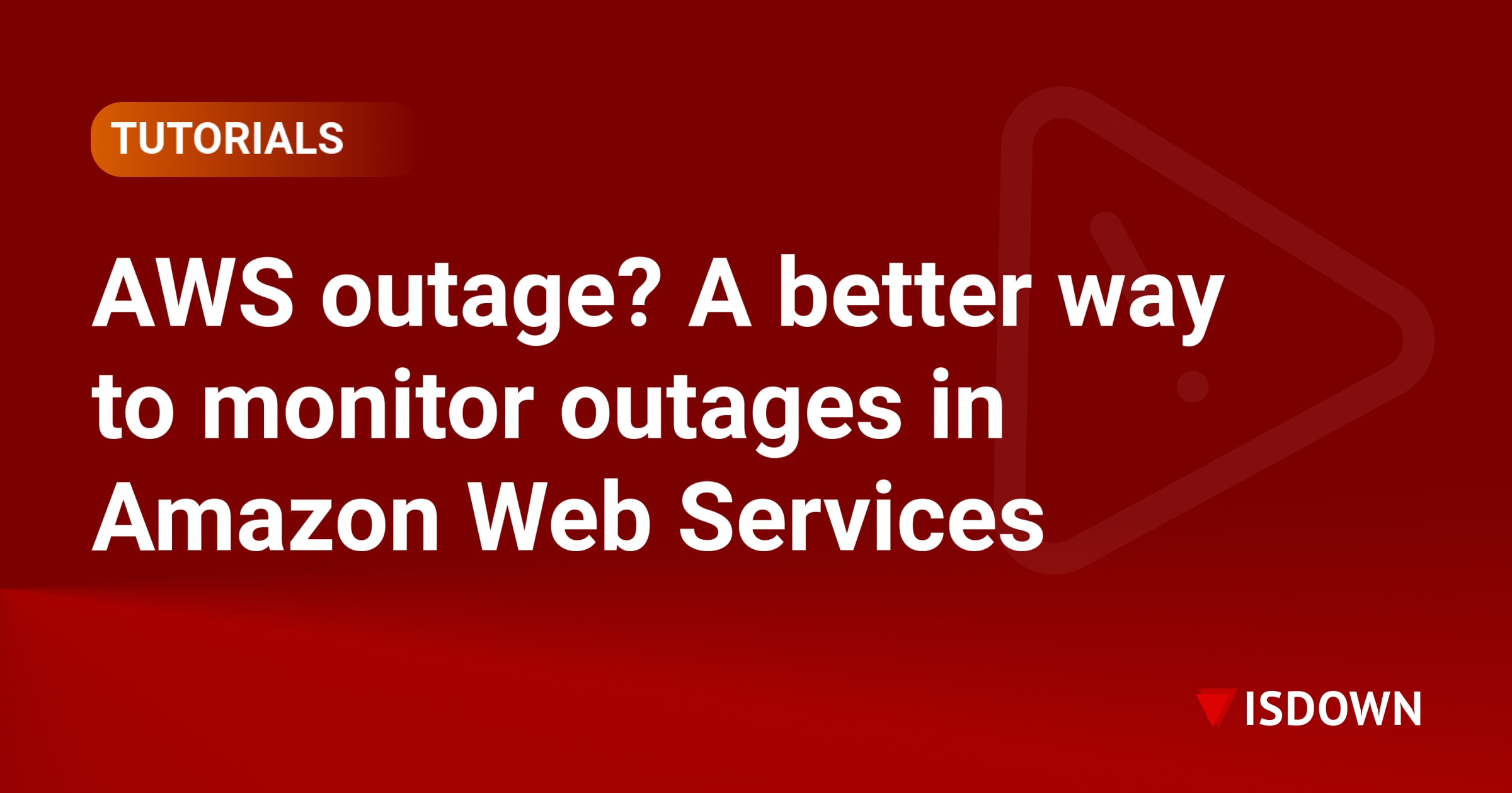Taming Alert Chaos: Modern Incident Alert Management Strategies
Every IT team knows the feeling: your phone buzzes at 3 AM with yet another alert. Is it critical? Can it wait until morning? With dozens of monitoring tools and hundreds of potential failure points, incident alert management has become one of the most challenging aspects of maintaining reliable systems.
The average enterprise IT team receives over 1,000 alerts per week, yet studies show that up to 95% of these alerts are either false positives or low-priority issues that don't require immediate attention. This overwhelming volume creates a dangerous situation where critical incidents can get lost in the noise, response times slow down, and team burnout becomes inevitable.
The Real Cost of Alert Chaos
Poor incident alert management doesn't just frustrate your team—it directly impacts your bottom line. When engineers spend hours sorting through irrelevant alerts, they're not focusing on strategic improvements or innovation. Worse, when a genuine critical incident occurs, alert fatigue may cause delayed responses that could cost thousands of dollars per minute in downtime.
Consider these common scenarios:
- A database connection pool warning fires every 5 minutes, training your team to ignore it
- Multiple monitoring tools send duplicate alerts for the same issue
- Low-priority alerts wake on-call engineers at night, leading to exhaustion
- Critical alerts get buried under hundreds of informational notifications
Building an Effective Alert Routing Strategy
The foundation of good incident alert management starts with intelligent alert routing. Instead of sending every alert to everyone, create clear pathways that ensure the right people see the right alerts at the right time.
Define Clear Alert Categories
Start by categorizing your alerts into distinct levels:
- Critical: Service is down or severely degraded, immediate action required
- High: Performance issues affecting users, response needed within hours
- Medium: Potential problems that need investigation during business hours
- Low: Informational alerts for tracking and analysis
Each category should have specific routing rules. Critical alerts might page on-call engineers immediately, while medium alerts could create tickets for the next business day.
Implement Team-Based Routing
Different teams have different expertise and responsibilities. Your alert routing should reflect this:
- Database alerts go to the database team
- Network issues route to network engineers
- Application errors reach the development team
- Third-party service outages notify the vendor management team
This targeted approach ensures alerts reach people who can actually fix the problem, reducing resolution time and preventing unnecessary escalations.
Conquering Alert Fatigue Through Smart Prioritization
Alert fatigue occurs when teams become desensitized to alerts due to overwhelming volume or too many false positives. Combat this through intelligent alert prioritization that focuses attention on what truly matters.
Implement Alert Suppression Rules
Not every anomaly needs immediate attention. Create suppression rules for:
- Known issues under investigation
- Scheduled maintenance windows
- Non-critical services during off-hours
- Duplicate alerts from multiple monitoring tools
Use Context-Aware Prioritization
Modern alert prioritization considers multiple factors:
- Time of day (business hours vs. overnight)
- Service criticality (customer-facing vs. internal)
- Current system state (already degraded vs. first issue)
- Historical patterns (recurring vs. new problem)
For example, a slight performance degradation on a internal reporting system at 2 AM might be low priority, while the same issue on your main e-commerce platform during Black Friday would be critical.
Leveraging Automation for Better Alert Management
Automation can dramatically improve your incident alert management by handling routine tasks and reducing manual overhead.
Automated Alert Enrichment
Before an alert reaches a human, automation can add valuable context:
- Recent deployment information
- Related system metrics
- Previous similar incidents
- Runbook links and resolution steps
This enrichment helps engineers understand and resolve issues faster, reducing mean time to resolution (MTTR).
Smart Alert Grouping
Instead of receiving 50 individual alerts when a server goes down, intelligent grouping can consolidate related alerts into a single incident. This reduces noise while providing a complete picture of the problem.
Integrating Third-Party Service Monitoring
Modern applications rely heavily on external services, from payment processors to cloud infrastructure. When these services experience issues, your incident alert management system needs to know immediately.
Tools like IsDown can automatically monitor vendor status pages and integrate outage notifications into your existing alert workflow. This prevents your team from troubleshooting issues that are actually caused by third-party outages.
Measuring and Improving Your Alert Strategy
Effective incident alert management requires continuous improvement based on real data.
Key Metrics to Track
- Alert-to-incident ratio: How many alerts result in actual incidents?
- False positive rate: What percentage of alerts require no action?
- Response time by priority: Are critical alerts addressed faster?
- Alert volume trends: Is the number of alerts increasing over time?
Regular Alert Audits
Schedule monthly reviews to:
- Identify and eliminate noisy alerts
- Adjust thresholds based on actual incidents
- Update routing rules based on team feedback
- Remove alerts for decommissioned services
Creating a Culture of Alert Discipline
Technology alone won't solve alert chaos. Teams need clear processes and shared responsibility for maintaining alert quality.
Establish Alert Ownership
Every alert should have a clear owner responsible for:
- Defining appropriate thresholds
- Maintaining documentation
- Reviewing effectiveness
- Deciding when to retire the alert
Implement Alert Reviews in Post-Mortems
After every major incident, ask:
- Did we receive appropriate alerts?
- Were alerts routed correctly?
- Could better alerts have prevented or reduced impact?
These reviews often reveal gaps in monitoring or opportunities to improve alert prioritization.
Moving Forward with Confidence
Transforming chaotic alerting into an effective incident alert management system takes time and commitment. Start with small improvements: reduce one noisy alert, implement basic alert routing for one service, or add context to your most common alerts.
As you refine your approach, you'll notice fewer false alarms, faster incident resolution, and happier on-call engineers. The goal isn't to eliminate all alerts—it's to ensure every alert that reaches your team is meaningful, actionable, and worth their attention.
Remember, the best alert is one that prevents an incident entirely. But when incidents do occur, your incident alert management strategy should guide your team efficiently from detection to resolution, turning potential chaos into coordinated response.
Frequently Asked Questions
What is incident alert management and why is it important?
Incident alert management is the practice of organizing, routing, and prioritizing system alerts to ensure teams can effectively respond to issues. It's crucial because poor alert management leads to missed critical incidents, slower response times, and team burnout from alert fatigue.
How can I reduce alert fatigue in my team?
Reduce alert fatigue by implementing smart alert prioritization, suppressing non-critical alerts during off-hours, consolidating duplicate alerts, and regularly auditing alerts to remove ones that don't require action. Focus on quality over quantity—every alert should be actionable.
What's the difference between alert routing and alert prioritization?
Alert routing determines which team or person receives an alert based on the type of issue, while alert prioritization determines how urgently the alert needs attention. Routing ensures alerts reach the right expertise; prioritization ensures critical issues get immediate attention.
How often should we review our incident alert management strategy?
Conduct a comprehensive review of your alert management strategy quarterly, with monthly checks on alert volume and false positive rates. After any major incident, review whether your alerts performed as expected and make adjustments accordingly.
What tools can help improve alert routing and management?
Modern incident management platforms offer built-in alert routing capabilities, while monitoring tools provide alert grouping and suppression features. For third-party service alerts, specialized tools can aggregate vendor status updates into your existing alert workflow.
How do I know if an alert should be high priority or medium priority?
High priority alerts should be for issues that directly impact users or revenue and need response within hours. Medium priority alerts are for problems that need investigation but can wait until business hours. Consider factors like user impact, data loss risk, and service criticality when setting priorities.
 Nuno Tomas
Founder of IsDown
Nuno Tomas
Founder of IsDown
The Status Page Aggregator with Early Outage Detection
Unified vendor dashboard
Early Outage Detection
Stop the Support Flood
Related articles
Never again lose time looking in the wrong place
14-day free trial · No credit card required · No code required




